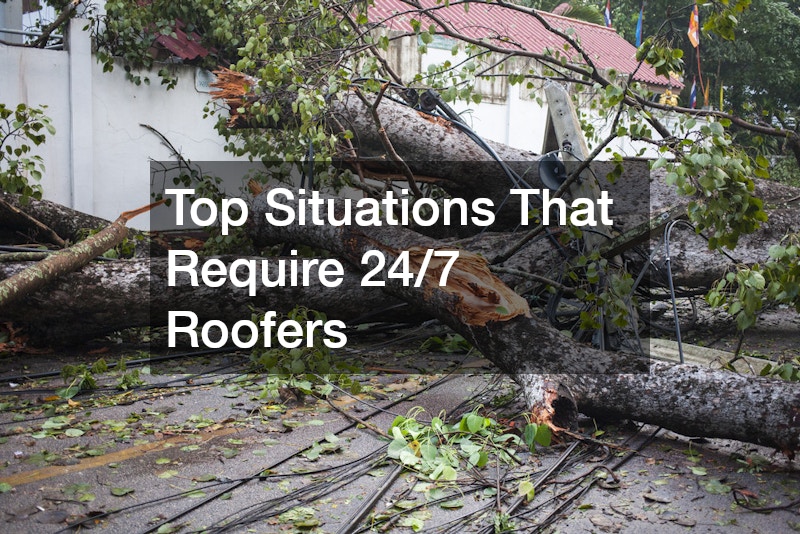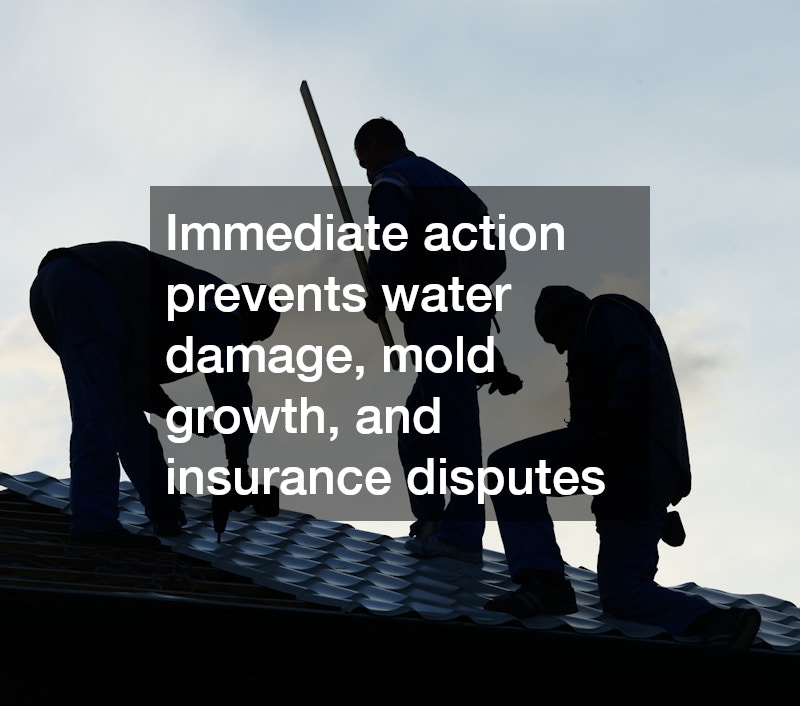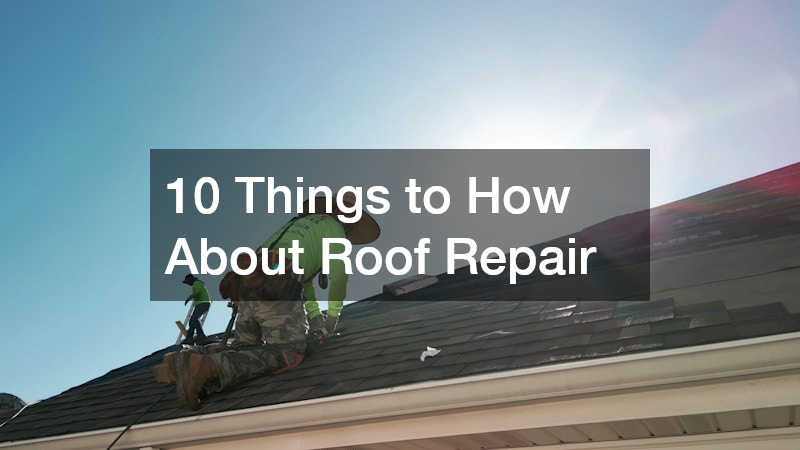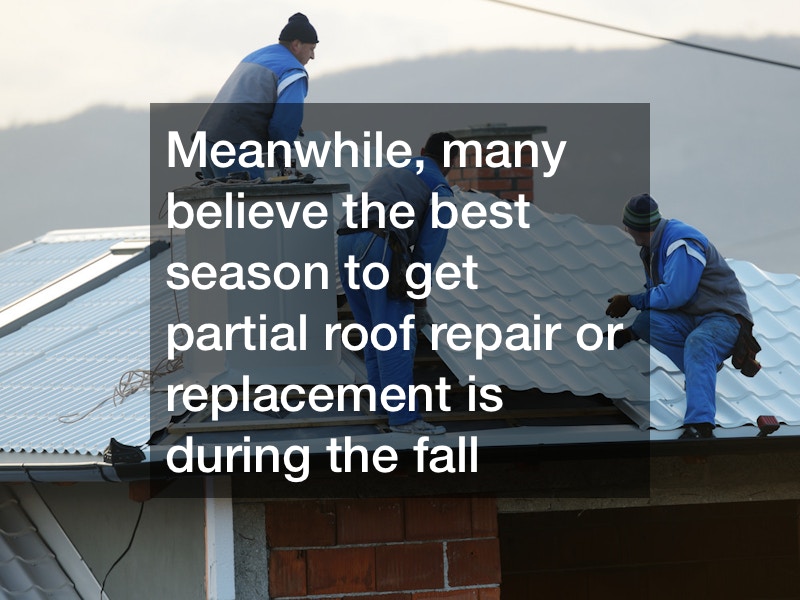Key Takeaways
-
A 24/7 roofer provides emergency response when leaks, storm damage, or fallen trees compromise your roof.
-
Immediate action prevents water damage, mold growth, and insurance disputes.
-
Severe roof leaks, storm-related destruction, and fallen trees are the most common situations requiring emergency roofers.
-
Emergency roofers use tarps, sealants, and temporary supports to stabilize the home until permanent repairs can be made.
-
Homeowners can minimize damage while waiting by catching leaks in buckets, moving valuables, and documenting damage with photos.
-
Emergency roofing services may cost more upfront, but they save thousands in long-term repairs and improve insurance outcomes.

Your roof is the barrier that shields your home from rain, snow, wind, and falling debris. But even the strongest roofs are vulnerable to sudden emergencies. A storm may rip shingles off in minutes, or a large branch could crash through your attic at night. When situations like these strike, you don’t have the luxury of waiting until regular business hours. That’s when a 24/7 roofer becomes essential.
These emergency roofing specialists are trained to respond quickly, stabilize damage, and prevent issues from spiraling out of control. Understanding when to call a 24/7 roofer and what to expect when they arrive helps homeowners act fast and protect their investment.
What Makes 24/7 Roofing Services Unique
While every roofing company knows how to repair shingles or replace flashing, not all of them are prepared to respond in the middle of the night. A 24/7 roofer does more than fix roofs — they manage crises. Their role is to keep water, wind, and debris from causing further damage until a permanent solution is possible.
Unlike regular roofing contractors, emergency roofers:
-
Answer calls at any hour, including weekends and holidays.
-
Arrive with materials like tarps, temporary sealants, and bracing equipment.
-
Assess safety hazards such as unstable decking or nearby power lines.
-
Offer short-term stabilization while planning long-term repair or replacement.
This specialized service gives homeowners peace of mind knowing help is available whenever disaster strikes.
Why Immediate Action Matters
Roofing problems rarely stay small. A single missing shingle may not seem serious, but under the stress of heavy rain, the opening can quickly allow gallons of water into your attic. Waiting too long to call a 24/7 roofer can multiply the damage dramatically.
Delays increase risks such as:
-
Water intrusion that ruins drywall, insulation, and flooring.
-
Mold growth that begins within 24 to 48 hours of moisture exposure.
-
Structural weakening as wood framing absorbs water and rots.
-
Insurance disputes if the company argues you failed to protect your home.
In short, the faster you call, the more you minimize repair costs and protect your claim coverage.
Situation 1: Severe Roof Leaks
Few emergencies are more disruptive than water dripping into your home. Sometimes leaks are slow, but when they’re severe, they can damage ceilings, electrical systems, and personal belongings almost immediately.
Why Major Leaks Happen
Leaks that demand immediate attention often stem from:
-
Torn or missing shingles from wind damage.
-
Cracked flashing around chimneys, vents, or skylights.
-
Ice dams that force water under shingles in winter.
-
Deteriorating materials near the end of their lifespan.
Signs It’s Time to Call a 24/7 Roofer
A bucket under a drip is one thing, but the following signs mean you can’t wait until morning:
-
Steady streams of water entering the home.
-
Spreading stains on ceilings or walls during a storm.
-
Attic puddles or saturated insulation.
-
Electrical flickering or sparks near wet areas.
What Emergency Roofers Do
When they arrive, 24/7 roofers trace the source of the leak, patch it temporarily with tarps or sealants, and prevent further water intrusion. Once the storm passes, they’ll schedule permanent repairs such as shingle replacement or flashing resealing.
Situation 2: Storm Damage
Storms are among the most common causes of emergency calls to roofers. High winds, hail, and heavy rain can devastate a roof in a matter of minutes.
A 24/7 roofer is often the first professional on-site after:
-
Windstorms, which tear away shingles or even lift entire roof sections.
-
Hailstorms, leaving cracked, dented, or punctured roofing materials.
-
Heavy downpours, forcing water into existing weak spots.
-
Lightning strikes, which may damage shingles or ignite fires.
If storm damage isn’t addressed quickly, exposed decking can absorb water and weaken the roof’s structure. Emergency roofers cover vulnerable areas with heavy tarps, remove loose debris, and document everything with photos to support insurance claims.
In many cases, their documentation can speed up the claim process, since insurers want proof that you acted promptly to protect your property.
Situation 3: Fallen Trees and Heavy Debris
Trees provide shade and curb appeal, but they also present one of the greatest risks to your roof. A large branch or entire tree crashing down can cause catastrophic structural damage.
When this happens, homeowners often face:
-
Holes large enough for immediate water intrusion.
-
Collapsed sections of decking or trusses under the weight.
-
Safety concerns if branches bring down nearby power lines.
A 24/7 roofer doesn’t usually handle the tree removal itself, but they coordinate with tree services to safely clear the debris. Once the area is safe, they install tarps, add temporary bracing if the roof’s structure is compromised, and advise whether it’s safe to remain in the home.
Their priority is stabilizing the home quickly to prevent additional losses until a full rebuild can be planned.

Other Emergencies That Call for 24/7 Roofers
Not every situation involves a storm or falling debris. There are several other scenarios where homeowners need immediate roofing help:
-
Fire damage: Even after flames are extinguished, holes and weak spots must be covered to prevent rain intrusion.
-
Animal intrusions: Squirrels, raccoons, or birds may rip through shingles or vents, leaving large openings.
-
Sudden structural collapse: Roofs weakened by age or hidden water damage may sag or partially cave in.
-
Ice dams: In cold climates, melting snow can refreeze near gutters, pushing water under shingles.
Each of these emergencies requires quick stabilization to prevent larger, more expensive problems.
What to Expect When a 24/7 Roofer Arrives
Emergencies are stressful, but knowing the process helps. When emergency roofers show up, they’ll first ensure the area is safe. They may block off parts of the home if ceilings are sagging or if electrical hazards exist.
Next, they’ll perform a quick assessment of the damage and explain the steps they’ll take. Homeowners can typically expect:
-
Rapid deployment of tarps or sealants to stop water intrusion.
-
Temporary structural support if decking or framing is weakened.
-
Documentation of all visible damage for insurance purposes.
-
A plan for long-term repair or replacement once the situation is stable.
Roofers often carry specialized equipment like portable lighting, harnesses for night work, and heavy-duty tarps designed for extreme weather conditions.
What Homeowners Should Do While Waiting
While you wait for help, you can still take simple steps to protect your property. The key is to stay safe and avoid going onto the roof yourself.
-
Use buckets or containers to catch dripping water.
-
Move furniture, electronics, and valuables to a dry location.
-
Cover immovable items with plastic sheeting.
-
Clear driveways and walkways so roofers have easy access.
-
Take photos or short videos of visible damage for your insurance records.
Never attempt to climb a wet, damaged roof. A 24/7 roofer is trained for that work and has the safety equipment to handle it.
The Cost of Emergency Roofing
Emergency roofing services are usually more expensive than scheduled repairs, but the higher fee is a fraction of what uncontrolled damage could cost.
The price depends on factors like time of day, severity of the damage, and accessibility of the roof. Even so, calling a 24/7 roofer usually saves money in the long run. A few hundred dollars for an emergency tarp can prevent thousands in water damage to ceilings, floors, and personal belongings.
Insurance companies also look favorably on homeowners who take immediate steps to minimize damage, which can make the difference in how much of your claim gets covered.
Choosing the Right 24/7 Roofer
Not all roofing companies offer reliable around-the-clock service. Before an emergency happens, it’s wise to identify a trustworthy provider.
Look for companies with:
-
Proper licensing and liability insurance.
-
Certifications from roofing manufacturers or trade organizations.
-
Documented emergency response procedures.
-
Strong local reviews and references.
Avoid contractors who demand large upfront payments in cash, refuse to provide documentation, or lack a permanent business address.
Asking a few quick questions can help you decide:
-
How quickly can you arrive in an emergency?
-
Do you provide both temporary and permanent solutions?
-
Can you supply documentation for insurance claims?
-
What safety measures do your crews follow in hazardous conditions?
Having the contact information of a reliable 24/7 roofer saved in your phone means you’ll be ready if disaster strikes.
Roofing emergencies don’t respect business hours. A storm, a major leak, or a fallen tree can compromise your home’s safety in minutes. That’s why knowing when and how to call a 24/7 roofer is crucial.
These specialists respond quickly, stabilize damage, and protect your home from escalating costs. Whether it’s sealing a leak, tarping storm damage, or bracing a roof weakened by a fallen branch, emergency roofers provide the immediate solutions homeowners need most.



